Serving Your Professional Community for Impact
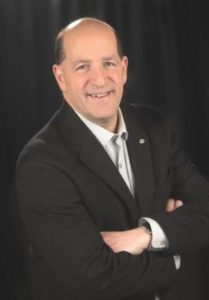
If you were the CEO of an association that strives to support applied technology professionals through training, credentialing, research, standards-setting and ongoing development of new competencies in any region of the world, where would you start?
If you’re Matt Loeb, CGEIT, FASAE, CAE, chief executive officer of ISACA (once known as the Information Systems Audit and Control Association), you begin with your association’s core values and a determination to do everything possible to personally support your community. Matt explained to Association Adviser how he lives out ISACA’s core values of being “one,”accountable, dedicated, authentic and innovative to help its growing community of more than 160,000 professionals in 180 countries better serve their organizations at a time when their work has never been more important.
Association Adviser: How did you start working in associations?
Matt Loeb: It was by accident. Unbeknownst to me, I had been working in nonprofits since I was in seventh grade when my mother volunteered me to work with young children in an inner city Head Start program. That work supported me through college and into my early professional career where I worked as a teacher for 4- and 5-year-olds, and later moved into administration for programs serving more than 100 children. Recognizing a need to increase my income in the face of starting a family, I gravitated into technology and the for-profit world by working for RadioShack during its early days in the computer industry selling to educational institutions. Recruited by one of my customers, I was lured into the publishing industry to work on college textbooks for computer science and management information systems. I worked for a company in Boston for years before transferring to another publishing company in Iowa, which was short-lived because of mismatched expectations. While I looked for a new role, I ran into a former colleague from Boston who had joined the staff of the American Society for Quality (ASQ). He said nonprofit was the place for me and pulled me in to lead ASQ’s publishing business.
After working at ASQ for three years, I received a phone call from a recruiter who had an opportunity that fit my visionary approach to publishing. The client was looking for someone to run their publishing business in southern California. I told them, “No way am I moving to California from Wisconsin!” The recruiter explained that [travel to] the interview was free. So I went and ended up taking the job with IEEE, the world’s largest professional organization dedicated to advancing technology for the benefit of humanity.
AA: In what capacity did you work for IEEE?
ML: Over my 20-year career, I had the privilege to lead IEEE’s foray into e-publishing. My team published the first Standard Generalized Markup Language-tagged, fully searchable digital library on CDs in 1995. I soon got to know IEEE’s executive director at the time, and he invited me to sculpt my own job that would allow me to join their executive team in New Jersey as staff executive (what’s in a title?) and work more closely with him and the board of directors on IEEE’s longer-term strategy.
In my role , I established a global business development program to expand IEEE’s international reach through the opening of offices across Asia. With board support, offices were established in Bangalore, Beijing, Singapore and Tokyo. Opening the Beijing office was the most complex and challenging. Working with the Chinese government, it took six years to open (1999-2005) and another eight years to build relationships and an office team to make the office effective in the local market.
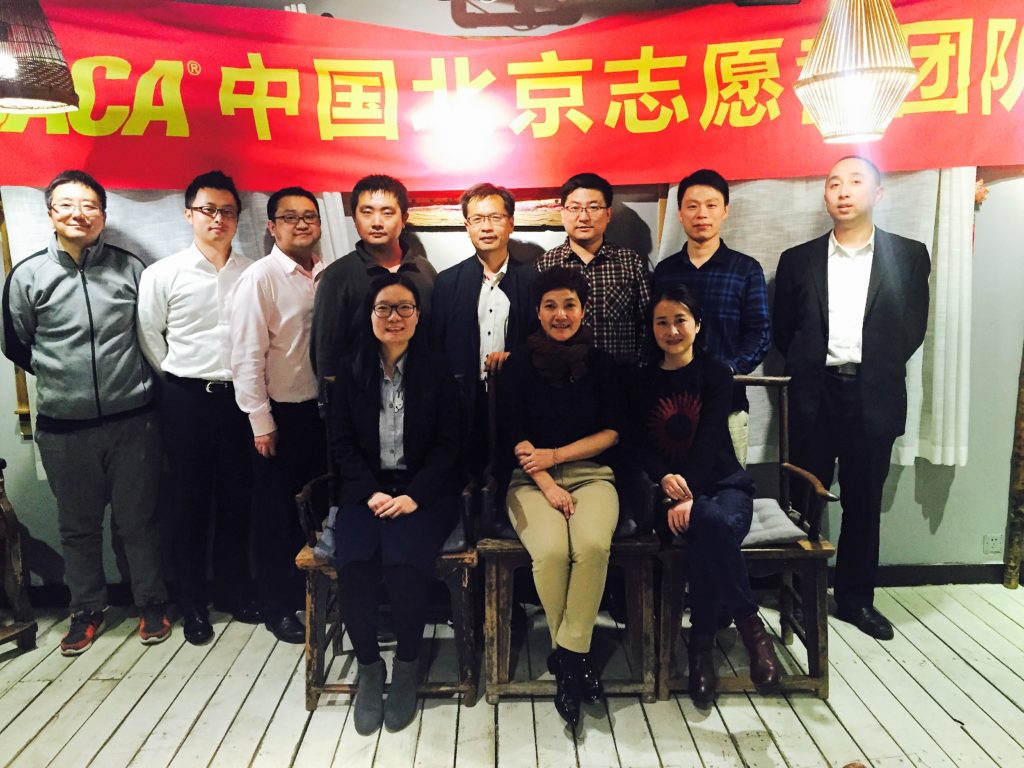
I also served as executive director of the IEEE Foundation, where I leveraged my knowledge of fundraising to build up IEEE-sponsored programs aimed at improving the quality of life. One such program was Smart Village, in which IEEE volunteers would provide the resources and knowledge to bring off-grid electricity solutions to villages that previously has no access to electrical power. Another program, Engineering Projects in Community Service (EPICS), enabled engineering students and local industry experts to work together on deploying practical technology-based solutions to help their local communities.
AA: That’s a lot of hats.
ML: Yes. I loved the fact that my work was different each and every day. That appealed to me then and is still true today. The biggest challenge our organizations face today is to bring all the work of different departments and stakeholders together.
AA: What made you want to move into a CEO role?
ML: I saw an opportunity to make a bigger impact at an organization that was successful on paper but needed new, innovative thinking. ISACA’s board was ready for a change. The association had not established an international footprint even though it had an international membership. Those challenges aligned with my personal desires to help an organization achieve maximum impact.
For me, it wasn’t so much about being a CEO but more about working with a dedicated group of professionals and volunteer leaders who value staff-volunteer partnerships and want to increase the visibility, influence and impact of their organization at a time when the professional community that makes up the organization has never been more important.
When faced with the potential of helping them achieve that vision by putting my knowledge of applied technology to use, I knew that it was the right time in my career to make a change.
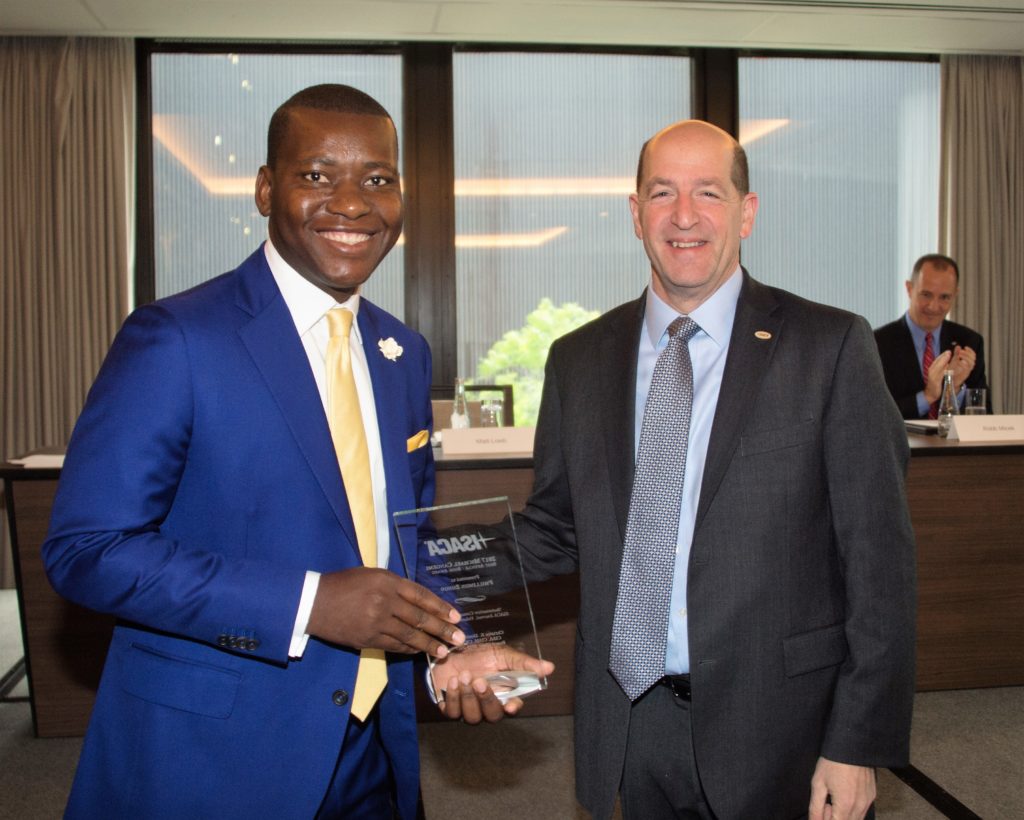
AA: What have you accomplished at ISACA so far?
ML: Since my arrival, we have taken a stand on how organizations should prepare themselves and their staff to effectively combat cybersecurity, including promoting an innovative hands-on, performance-based approach to train operations security personnel. This has placed us in the C-suite and the boardroom to help organizations build capabilities to meet the challenge of digital transformation. We have had to build some capabilities in our own organization to support this effort. We have established an advocacy and government relations program, expanded our international operations, improved our technology infrastructure, added a product development function and acquired a for-profit corporation.
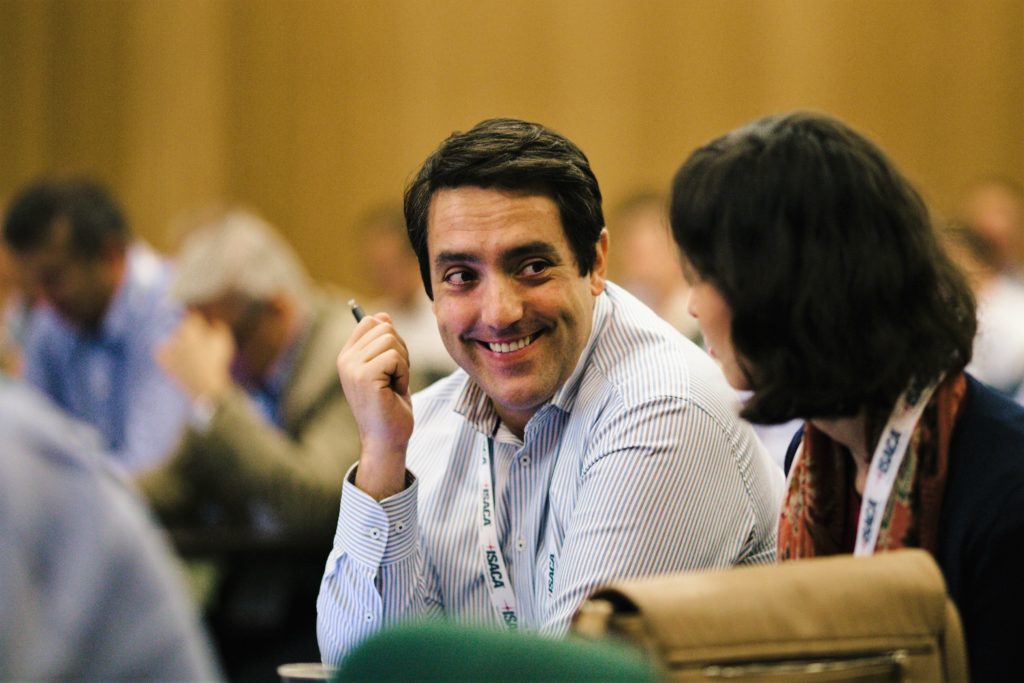
AA: ISACA has 160,000 members in 80 countries. How do you ensure a consistent membership experience?
ML: That’s the holy grail question almost every professional association is asking, especially as most of us “go global.” We are fortunate that our professional community is close-knit with dedicated volunteer leaders, each of who accept the challenges of running one of our 218 chapters. Each chapter creates a local experience for members through meetings/conferences, trainings, continuing education and outreach into their communities. They build relationships with local academic institutions, governments and companies, and also partner with chapters of other professional associations.
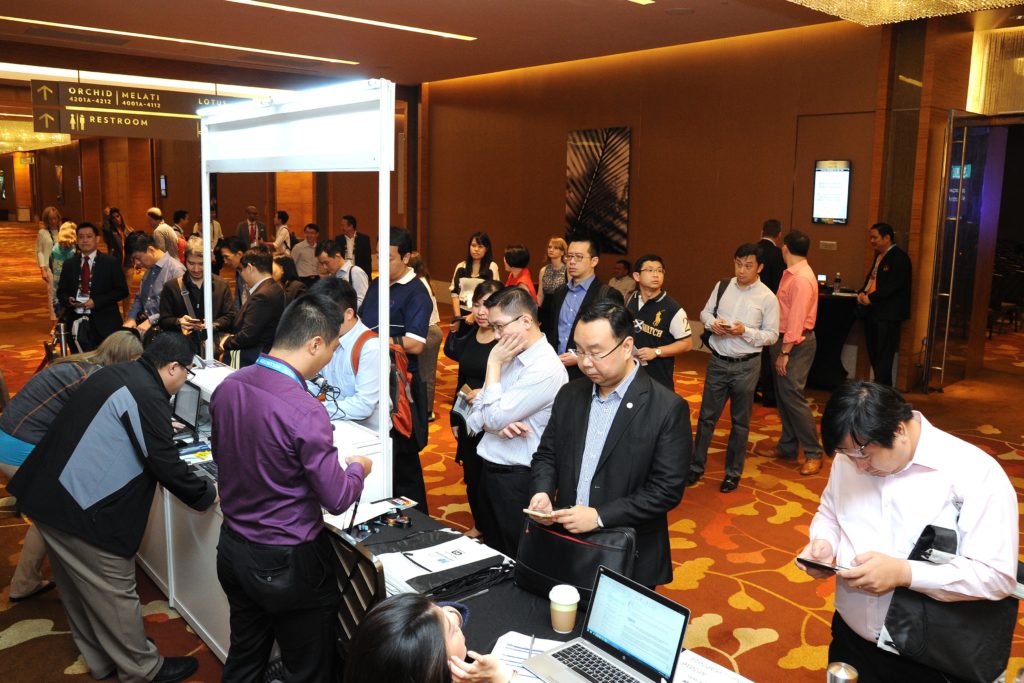
Despite best intentions, giving chapters local control to carry out our mission doesn’t always yield an even member experience. We are investing in extensive training of leaders to try and help them. We give chapters turnkey kits that explain how to deploy trainings and programs – for example, how to lead a local movement to support our SheLeadsTech program aimed at engaging women leaders in technology. We’re doing similar thing to help chapters to create local experiences to celebrate our 50th anniversary in 2019.
AA: So anyone worldwide with a stake in technology could be considered an ISACA member. What allowances do you have to make for cultural, legal or other norms in different countries?
ML: This issue is driving the repositioning of our longer-term strategy. For almost 50 years, ISACA has operated on a “one-size-fits-all” business model no matter where someone lives in the world. With technology deployment now subject to an increasingly complex legal and compliance landscape, as well as local management cultures, we have started to evolve ISACA to regional business models. This will provide us the ability to meet the needs of our professional community where they live in the context of their local challenges. Consider the General Data Protection Regulations (GDPR) that will take effect in Europe in May. European businesses have an immediate need to understand and comply with those regulations. To help them, we need to be there with them to help them find ways to prepare and implement solutions that work in concert with regulations unique to their geographies.
AA: As an organization gets larger, there can be a tendency for the “institution” to dampen the “inspiration.” How do you keep this from happening?
ML: We remain agile by having the full support of our board of directors to push boundaries on innovation. I set the tone for our employee team as well as our engaged volunteers. In fact, a lot of what we’re doing is thinking about new things we can do and how we can provide new insights on tech coming into play. Our innovation message is embedded in our values, which I outlined earlier. We empower people at every level of the organization to feel comfortable taking risks, asking questions, pushing boundaries, and enabling processes to support taking new ideas and experiments forward with the necessary financial and human resources to assess the potential benefits. Because the pace of change for our professional community continues to increase, there’s no time for analysis paralysis or bureaucracy.
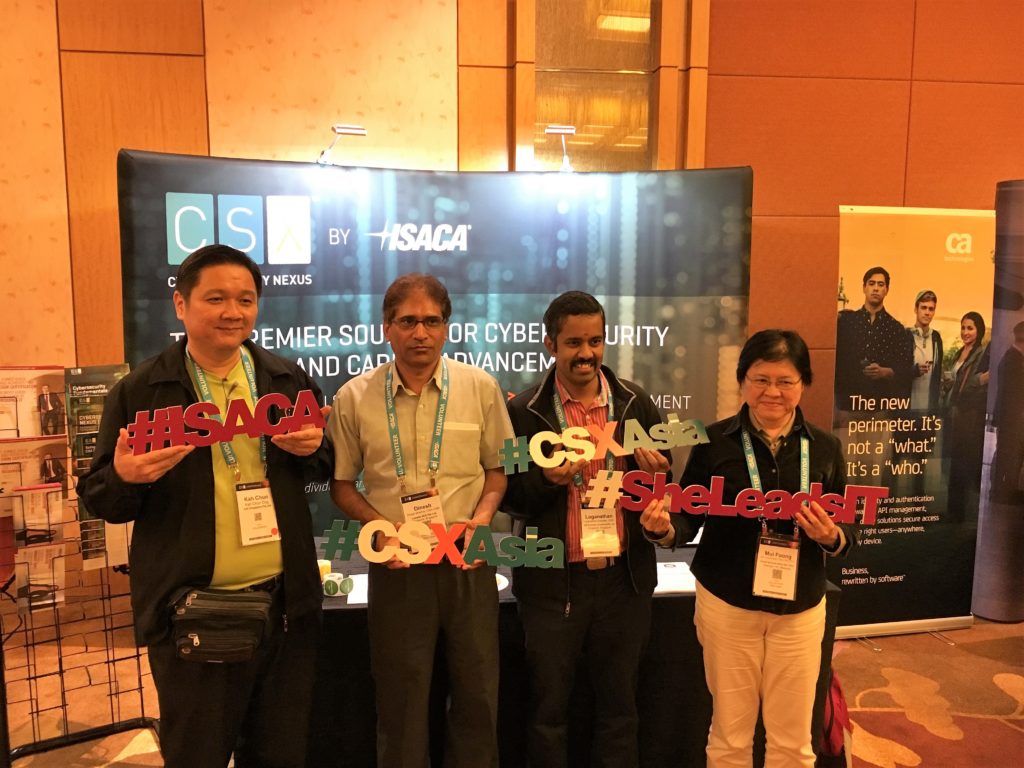
AA: What keeps you up at night?
ML: Relevance. Two contexts. First, amidst an ever-increasing pace of change in the face of increasingly complex legal and regulatory environment, sleep is overrated. The professionals and organizations served by ISACA need our help “separating the signals from the noise” to make sense of technology changes and to understand when and how to act on those signals.
The second relates to changes in the nonprofit industry, again making sleep overrated. The lines between what was once perceived as a protected space for professional associations have become gray as our for-profit counterparts become more like us offering membership, knowledge assets, conferences, training, frameworks and standards. Oh, and then there’s the internet where other information and resources can be acquired at will and at no charge. What is an association to do? It’s more important than ever that associations practice business-based discipline and operate not unlike our for-profit brethrens – but without compromise on what we believe is right for the professional communities and society at large we serve. There’s never a wrong time for associations to do the right thing.

